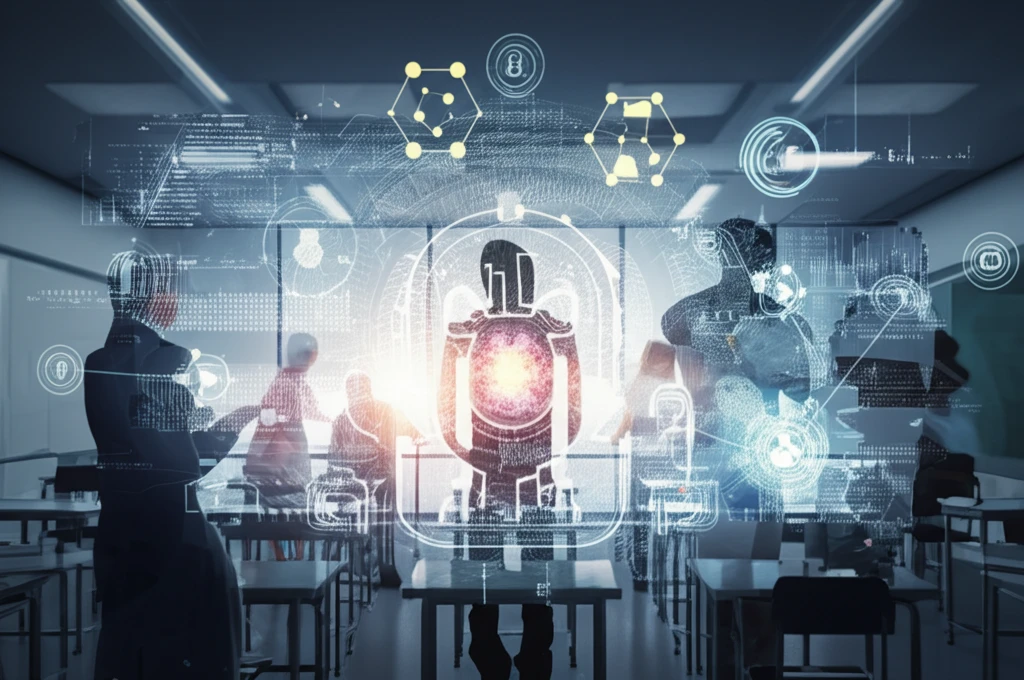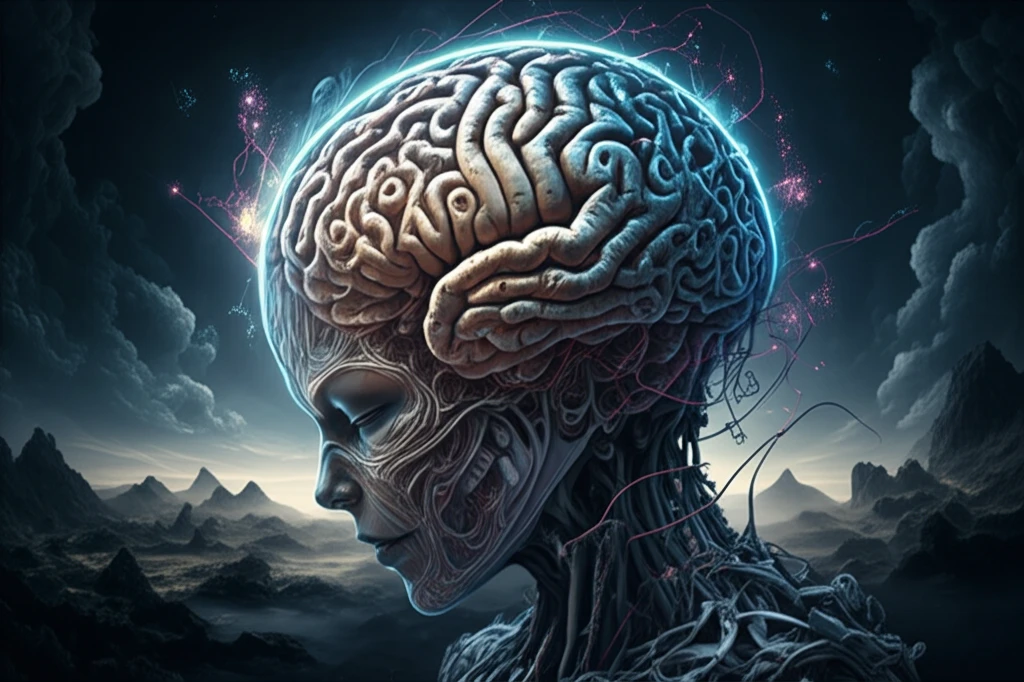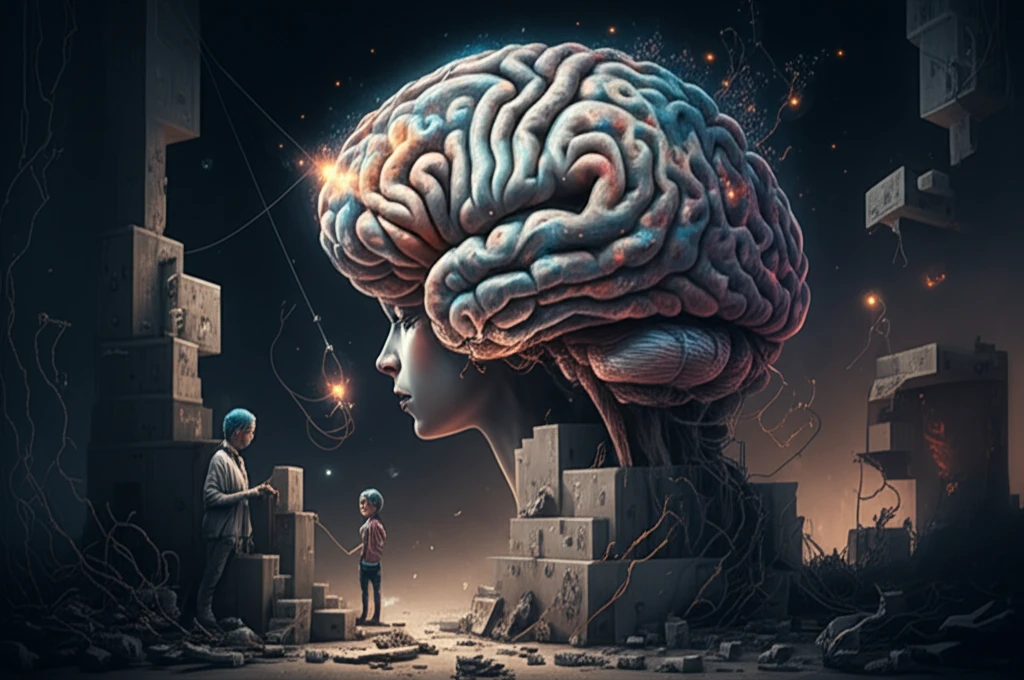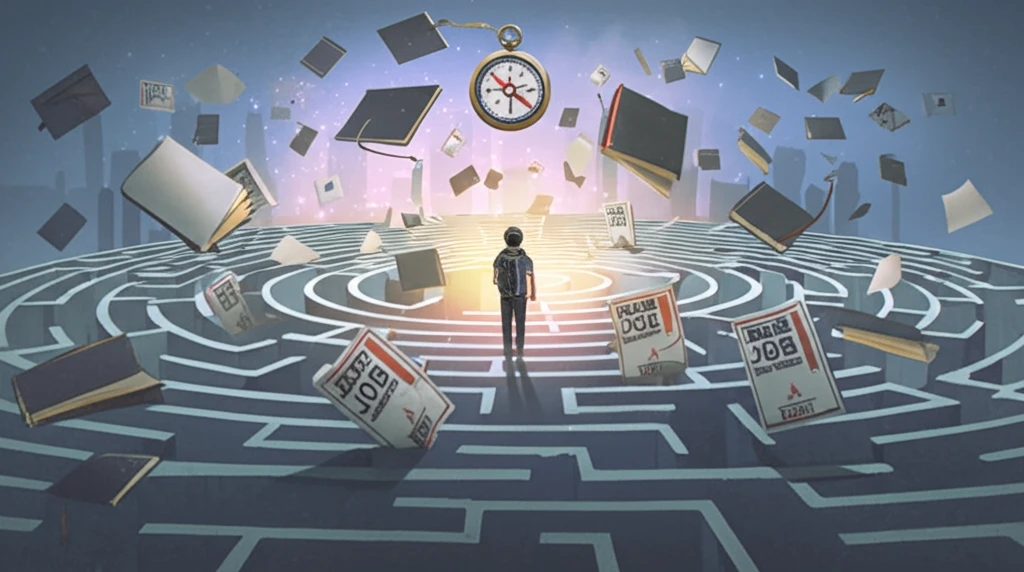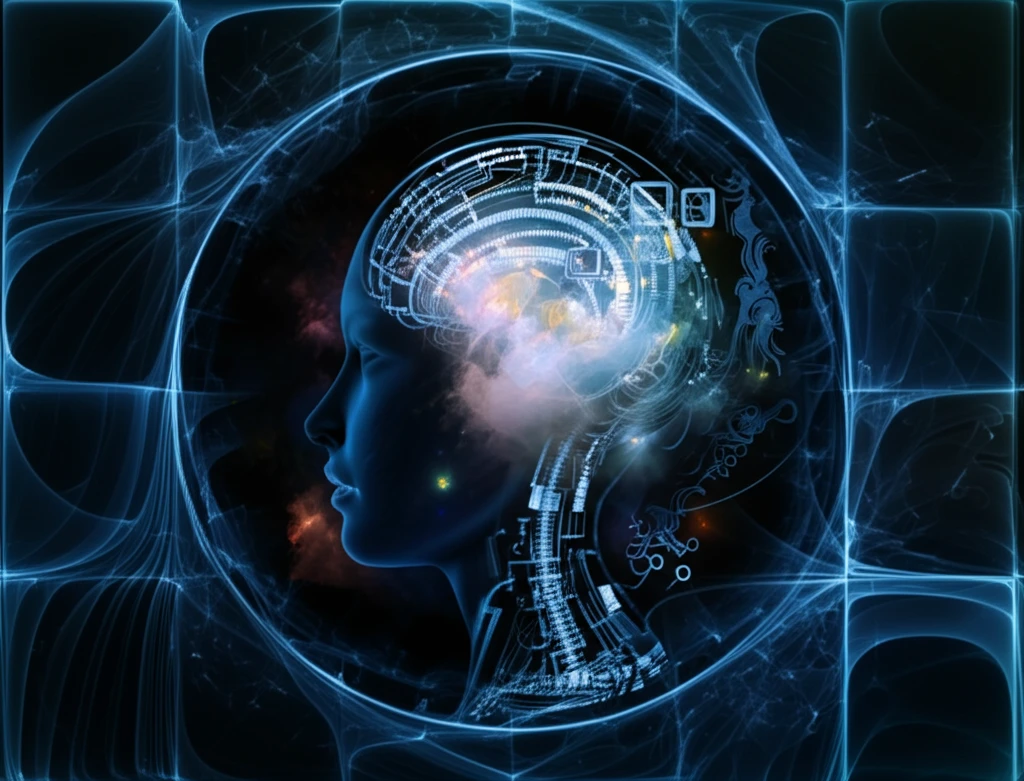
Is More Information Always Better? Unveiling the Law of Diminishing Returns in Decision-Making
In a world drowning in data, it's tempting to think more information is always better. But what if there's a point where extra data actually hurts your decision-making? We explore the fascinating economic theory of information value and why sometimes, less truly is more.

